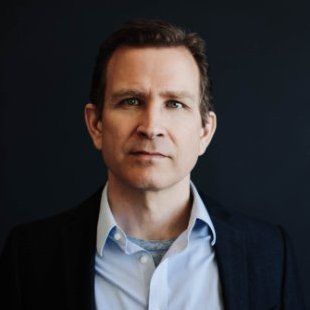In this episode, I speak to Bruce Friedrich, the executive director and co-founder of the Good Food Institute (GFI), a nonprofit that promotes plant-based alternatives to meat, dairy, and eggs, as well as those using cellular agriculture to produce replicas of these animal-based products at the cellular level, without any animal involvement. GFI engages scientists, policymakers, and entrepreneurs to advance the creation and adoption of these food products by producing research and a range of resources to help innovators and the industry at large come to grips with this emerging food sector. The organization has achieved a lot in its short life as it was only founded in 2016. I’ve known Bruce since the start, and this conversation is us touching base to talk about GFI’s epic growth and that of the alt protein sector generally. And it’s also me picking up on a few things I asked him back in a 2016 interview. Bruce is an awesome interviewee, especially as I did jump this podcast on him when he answered the phone; we were just scheduled for a catch-up call but I thought I’d grab the opportunity, so he very graciously allowed me to record our conversation, and this is it. Thanks Bruce!
We cover the entrance of the large food companies into the plant-based space, the role GFI took in getting government funding and policy advances for the sector, how alt protein companies are communicating about their use of genetic technology, costs of cultivated meat, white spaces of innovation for entrepreneurs, how to separate the winners from the losers, and of course, what Bruce had for breakfast.
Key quote: “Our goal is not to change anybody’s metrics for food choices; our goal is to change the foods so that the plant-based and the cultivated alternatives have significantly lower external costs, no need for antibiotics, and a fraction of the climate impact so that consumers choose them because they are the most delicious and most affordable alternative.”
Listen below or on your favorite podcasting app. Enjoy!




